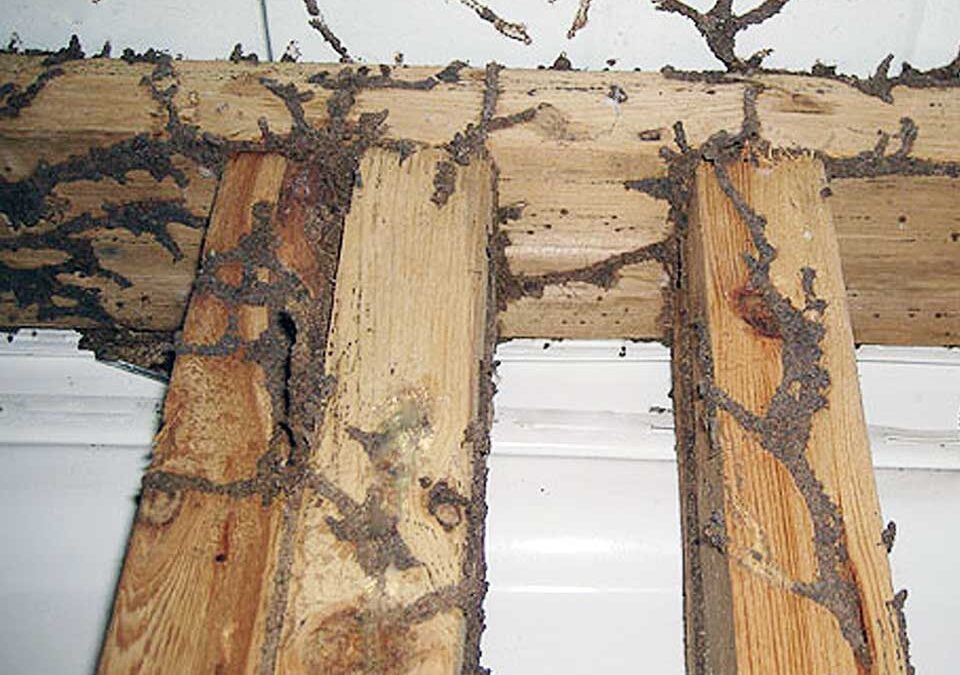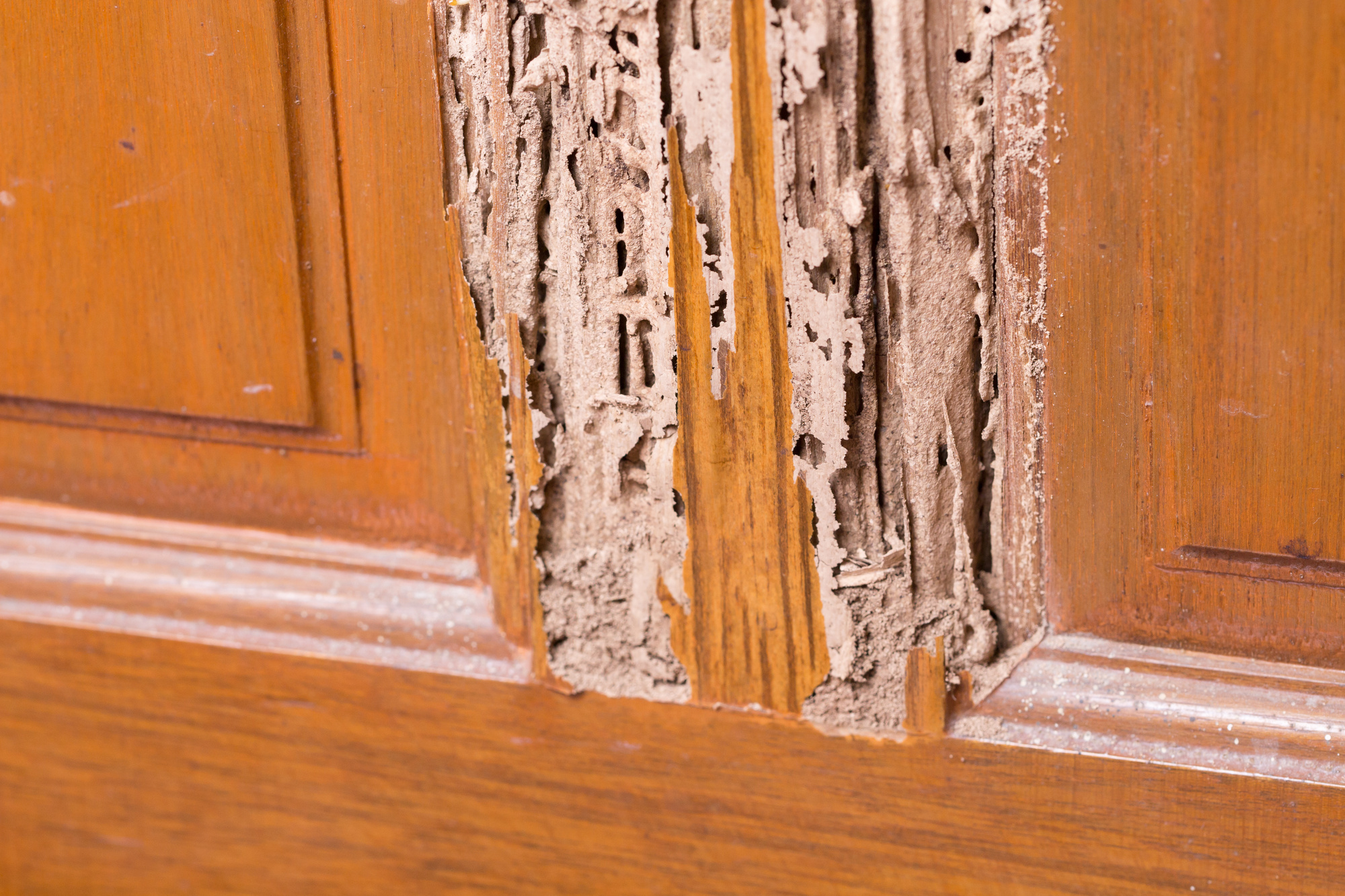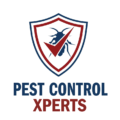Termite Treatments in Florida
Exterminator Services for Haines City, Lake Alfred, Winter Haven, Lake Wales, Davenport, and Polk City
Florida’s subtropical climate—featuring warm temperatures, ample humidity, and mild winters—offers an appealing environment not only to people but also to termites. These wood-destroying insects capitalize on the state’s constant warmth and moisture to establish colonies in residential, commercial, and agricultural areas. In communities like Haines City, Lake Alfred, Winter Haven, Lake Wales, Davenport, and Polk City, termites frequently infiltrate structural wood, causing significant damage if left unchecked. This service page explores the reasons termites thrive in Florida, the indicators of a possible infestation, and how partnering with a professional termite exterminator is essential for both immediate eradication and lasting protection. By understanding termite habits and employing advanced control methods, property owners can uphold structural integrity and avoid costly repairs down the line.
Why Termites Flourish in Florida

1. Warm, Moist Conditions
Termites prefer climates where temperatures rarely drop below freezing. Florida’s moderate or hot weather, combined with regular rainfall, provides near-perfect conditions for termite development. Subterranean termites rely on damp soil to construct mud tubes, while drywood termites nest directly in wood, shielded by the state’s generally stable temperatures. Even brief cold snaps typically don’t last long enough to threaten most termite colonies.
2. Year-Round Breeding Cycles
Although termites in cooler regions might reduce activity during frigid winter months, Florida’s mild winters allow uninterrupted breeding. A termite colony can persist, expand, and swarm at virtually any point in the year. Winged termites (alates) emerge to start new colonies whenever weather conditions align—often after rain or on warm, still days.
3. Abundant Wood and Cellulose Materials
From structural lumber and wooden framing to furnishings and decorative trim, Florida homes and businesses present substantial cellulose for termites to consume. Outdoor settings—like mulch beds or decaying wood piles—further encourage termite foraging. If a building’s wooden elements lack adequate protection or moisture accumulates, termites can steadily devour these components from within.
4. Multiple Termite Species
Several termite species call Florida home, including subterranean termites (e.g., the aggressive Formosan) and drywood termites. Each poses unique challenges: subterranean termites nest underground and build mud tubes into structures, while drywood termites establish colonies in the wood itself. In areas like Winter Haven or Davenport, termite diversity means owners need flexible, comprehensive control strategies.
5. High Density of Buildings and Tourism
Steady tourism and population growth in Haines City, Lake Wales, or other local cities can inadvertently facilitate termite spread. Whether through infested lumber, secondhand furniture, or newly introduced landscaping materials, termites move from site to site without much hindrance. Once established, they remain hidden for months before causing noticeable harm.
Telltale Signs of Termite Infestations
1. Discarded Wings
One prominent indicator is piles of small, translucent wings left behind by termite swarmers (alates) that have found a new nesting spot. These often appear near window sills, door frames, or light fixtures. Piles of wings in corners or on floors strongly suggest that swarmers have entered the property.
2. Mud Tubes
Subterranean termites create narrow, pencil-like tubes out of soil and saliva, spanning from the ground to wood structures. You might see these tubes along foundation walls, crawl space pillars, or interior walls. Breaking a fresh tube can reveal pale termite workers inside if the colony is active.
3. Hollow or Damaged Wood
Termites typically consume wood from the inside out, leaving only a thin exterior veneer. Tapping on a suspicious beam or floorboard that sounds hollow can confirm hidden termite galleries. In advanced cases, gentle prodding might break through the weakened wood, revealing internal tunnels or termite frass (wood-colored excrement).
4. Frass (Droppings)
Drywood termites often produce distinct, pellet-like droppings called frass. These small, ridged pellets may accumulate in piles beneath “kick-out holes” in wood surfaces. If you see these mounds on windowsills, corners, or along baseboards, it signals a drywood termite presence within the wood above.
5. Shifting or Warped Surfaces
As termites consume wooden supports, floors might buckle, doors or windows become misaligned, or paint could blister from trapped moisture. While some signs mimic water damage, termite feeding can accelerate these changes. Combined with other evidence, such distortions confirm an active, internal infestation.
Risks of Ignoring Termites
1. Extensive Structural Damage
Left to their own devices, termites can compromise crucial support beams, subflooring, roofing timbers, or interior frames. This gradual destruction may lead to sagging floors, collapsed sections, or expensive reconstruction to restore a building’s safety.
2. High Repair Costs
The longer termites feed unimpeded, the more extensive the necessary carpentry or replacements. Full-scale remediation can outstrip any initial pest control expenses if the colony has spread widely, forcing significant labor and material expenditures for owners.
3. Lower Property Value
Buyers or tenants wary of potential termite damage might avoid or devalue properties with a known history of infestation, even if it’s treated. Swift elimination and clear documentation of professional termite treatments help maintain or restore a property’s appeal on the market.
4. Risk for Neighbors or Adjacent Units
In multi-family dwellings, condo complexes, or closely spaced homes, termites can traverse shared walls or narrow yard boundaries. If one unit remains untreated, it threatens the broader community, spreading costs and difficulties among multiple owners.
5. Insurance Shortcomings
Many homeowner policies classify termite damage as avoidable through proper maintenance, leaving owners personally responsible for repairs. Regular checks and timely termite treatments protect owners from steep out-of-pocket expenses.

Why a Professional Exterminator Is Crucial
1. Accurate Species Identification
Subterranean termite control differs from that of drywood termites. A knowledgeable termite exterminator identifies the specific infestation type, selecting the correct tools—like liquid soil barriers or structural fumigation—that best suit the colony’s nesting habits and extent of damage.
2. Comprehensive Inspections
Experts uncover signs behind walls, in attics, or under floors where the average person might miss them. They employ moisture meters, thermal imaging, or borescopes to detect concealed nest sites. This thorough approach locates all active zones, ensuring no pockets of termites remain overlooked.
3. Specialized Methods
DIY treatments rarely penetrate deep enough to eradicate entire colonies or hidden eggs. Professionals offer advanced solutions, such as termite bait systems, spot or foam treatments, and tent fumigation (for severe drywood cases). Each technique thoroughly disrupts termite life cycles.
4. Structural Reinforcement Advice
Even after termites are removed, vulnerabilities like wood-soil contact points, leaks, or cracks can invite re-infestation. Professional exterminators often advise on or perform corrective steps—like sealing openings, fixing water issues, or applying preventative termiticides. This synergy blocks new colony formations.
5. Continued Monitoring and Warranties
A single application might not guarantee indefinite protection, especially if new swarms emerge. Many exterminators include re-inspections or warranties, covering subsequent treatments if termites reappear. Owners thus gain peace of mind, knowing experts stand behind their work for the long haul.
Typical Methods for Termite Treatments
1. Inspection and Assessment
The exterminator inspects basements, crawl spaces, attics, and exterior perimeters for mud tubes, frass, or weakened wood. They also use probing tools or moisture meters to detect hidden galleries. This data shapes a specific plan—whether to rely on soil-applied termiticide, baits, fumigation, or local foam injections.
2. Liquid Soil Barriers
Applied around the foundation or beneath slabs, termiticides kill or repel subterranean termites that attempt to cross treated soil. Technicians may trench along exterior walls and inject termiticide or drill small holes in concrete walkways. Modern formulas remain effective for years, preventing new colonies.
3. Bait Systems
Bait stations, placed at intervals around the property, entice worker termites to feed on cellulose laced with slow-acting toxin. They share this bait with the colony, eventually killing the queen and nest. Regular monitoring ensures termite activity is effectively reduced over time.
4. Structural Fumigation
Severe drywood termite infestations may warrant tenting the entire building. A fumigant permeates all wood, killing termites in hidden galleries. Though occupants must vacate for a few days, fumigation thoroughly reaches every infestation point for large-scale elimination.
5. Spot Treatments and Foaming
For localized drywood termite pockets, technicians might drill small holes and inject liquid or foam termiticides directly into infested wood. This method spares the need for full-structure fumigation if infestations remain confined, though accurate detection is key to success.

Service Areas
Haines City
As a thriving city in central Florida, Haines City experiences steady termite pressures due to its mild climate and mix of older and newer constructions. A termite exterminator inspects for subterranean or drywood infestations, ensuring local families and businesses can avoid major structural damage.
Lake Alfred
Known for scenic lake views and quiet streets, Lake Alfred retains the warm, moist conditions termites crave. Homeowners or rental property operators benefit from routine termite checks, swiftly addressing any mud tubes or frass that appear to keep their property secure.
Winter Haven
Renowned for its chain of lakes, Winter Haven draws both residents and tourism, which can accidentally introduce termites through infested building materials or furniture. Prompt termite treatments preserve the city’s aquatic charm and maintain commercial standards for guests.
Lake Wales
With historical architecture and lakefront properties, Lake Wales must guard against termite invasions that exploit older wooden frameworks. Professional solutions, including partial spot treatments or more expansive fumigation for severe drywood colonies, safeguard the city’s heritage structures.
Davenport
Davenport’s proximity to theme parks attracts investors and visitors, with numerous rental homes and hospitality businesses. Subterranean termites easily settle in moist soil near landscapes, traveling into foundations if not intercepted by soil barriers or baits. Early detection saves owners from steep rebuilding costs.
Polk City
Polk City’s serene neighborhoods and rural environs offer endless termite nesting potential in yards, sheds, or farmland buildings. Regular termite inspections and, if needed, advanced exterminator treatments ensure these quiet communities remain free from insect-driven decay and remain safe for families.
Why Our Termite Treatments Excel
1. Florida-Based Experience
We bring years of expertise handling termite problems across central Florida, including Polk County. Recognizing how local rainfall patterns, mild winters, and building styles affect termite species and behaviors ensures we deploy the most effective strategies for each location.
2. Tailored Inspections and Strategic Plans
Each property has unique vulnerabilities, from wood-soil contact points to insufficient moisture barriers. Our termite exterminator inspects attics, crawl spaces, and perimeter areas in detail, creating a specific plan—whether that involves a soil-applied barrier, fumigation, or a bait station system.
3. Emphasis on Safety and Minimal Disruption
We select termiticides or fumigants approved for safe usage, applying them carefully around foundations or enclosed spaces. If tenting is required, we guide occupants through preparation and reentry timelines. Our focus is on thorough elimination with minimal occupant inconvenience.
4. Preventative Education and Monitoring
Beyond removing active infestations, we advise on sealing cracks, repairing leaks, or replacing water-damaged wood to prevent reintroduction. In some cases, we set up long-term bait stations or schedule annual re-inspections, ensuring no termite colony reasserts itself undetected.
5. Rapid Service, Enduring Results
Since termites can inflict serious structural harm in short periods, we prioritize prompt response in Haines City, Lake Alfred, Winter Haven, Lake Wales, Davenport, or Polk City. Our integrated treatments swiftly dismantle active colonies, while follow-ups confirm they stay away. This synergy preserves your property’s integrity.
Next Steps
If you’ve seen discarded wings, found mud tubes along your foundation, or heard hollowed-out wood, it’s time to intervene before termite damage worsens. Contact us to learn more or schedule your service. Early detection and specialized termite treatments minimize repair costs and protect the value of your building.
Our methods—tailored to Florida’s unique environment—cover all termite life stages, from revealing hidden colonies to deploying advanced termiticides, bait systems, or structural fumigation if necessary. Regardless of whether you own a lakeside home in Winter Haven or manage a commercial site in Davenport, an experienced termite exterminator ensures that these destructive pests don’t undermine your investment. Secure your property’s future by addressing termites proactively.
Maintaining a Termite-Free Environment
- Reduce Wood-to-Soil Contact
Elevate wooden siding, decking, or fence posts so they don’t directly touch damp ground. If you rely on mulch, keep a gap of a few inches from the foundation. Termites often access structures from soil bridging onto wood. - Fix Leaks and Improve Drainage
Water leaks, standing puddles, or poor gutter flow create moist conditions conducive to subterranean termites. Repair dripping pipes, unclog gutters, and ensure that downspouts direct water away from walls to discourage these pests. - Store Wood Properly
Keep firewood or lumber off the ground and at least several feet away from the exterior of your building. Termites in stacked wood can quickly shift to adjacent wooden siding or framing if placed too close. - Inspect Wood Periodically
Every few months, tap on beams, check window frames, or look behind baseboards for signs of sawdust, holes, or hollow sounds. Early spotting of termite damage can save thousands in repair bills. - Schedule Regular Professional Checks
In Florida, annual or biannual termite inspections are wise because of the year-round breeding potential. Many exterminators provide warranties or maintenance plans, ensuring any fresh infestation is nipped in the bud. - Stay Aware of Swarms
Watch for termite swarmers on still, warm days—often post-rainfall. Finding winged insects near windows or piles of shed wings around door frames means a colony is trying to form. Rapidly addressing a swarm can stop major invasions.
By integrating these preventative measures with specialized termite treatments from a trusted exterminator, property owners in Haines City, Lake Alfred, Winter Haven, Lake Wales, Davenport, and Polk City mitigate the threats these wood-consuming pests pose. Although Florida’s mild climate supports year-round termite activity, a combination of vigilance and thorough pest control solutions prevents structural rot, preserves real estate value, and maintains an environment free from costly, disruptive infestations.
